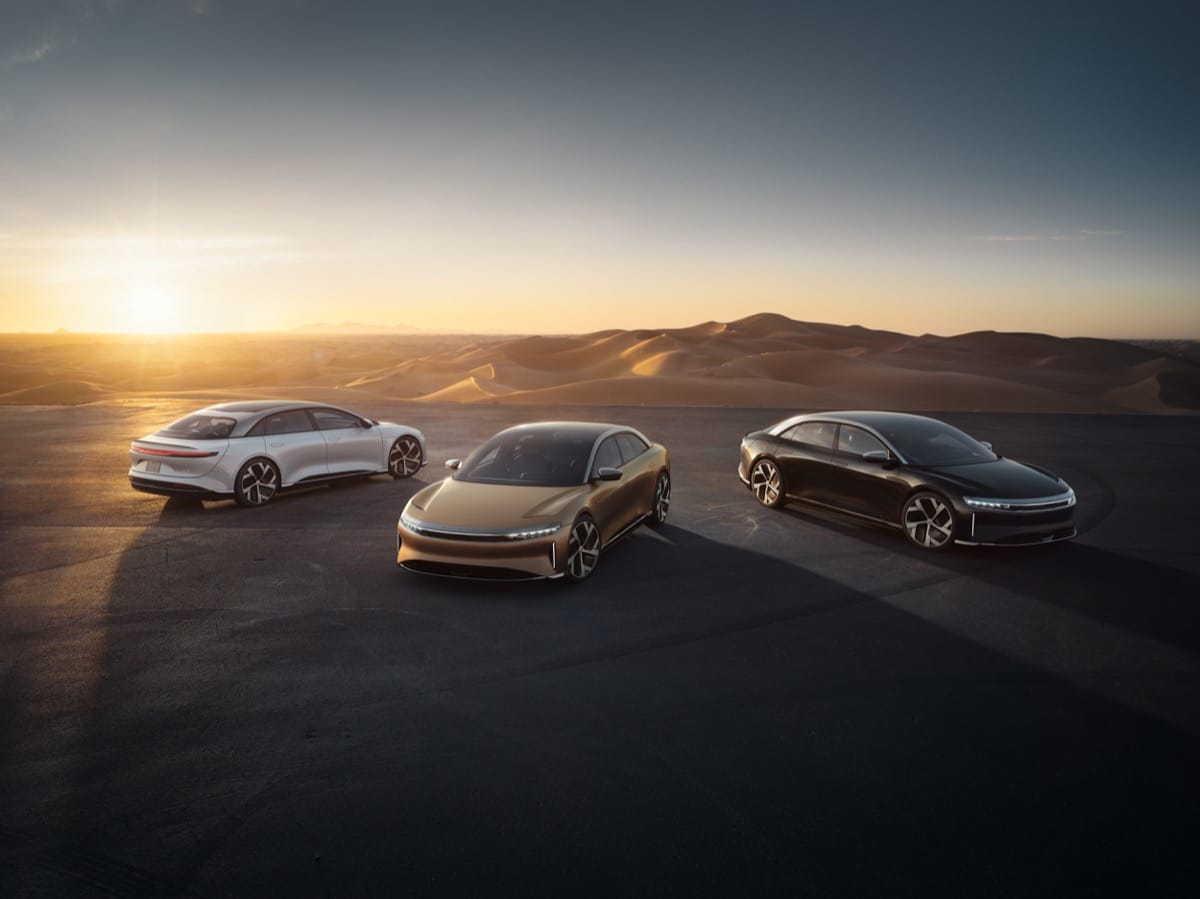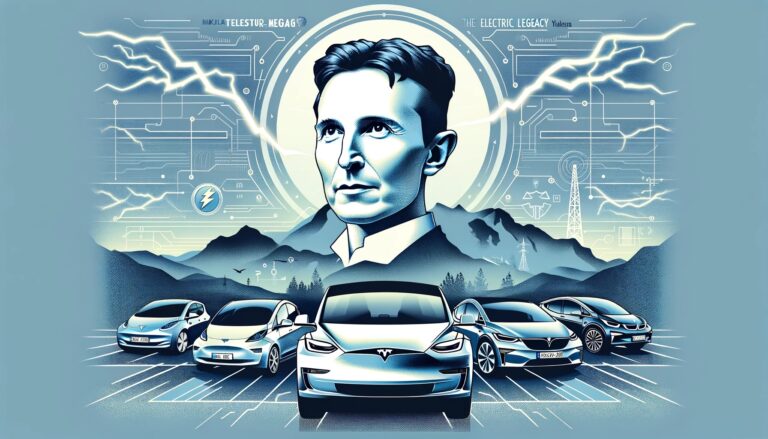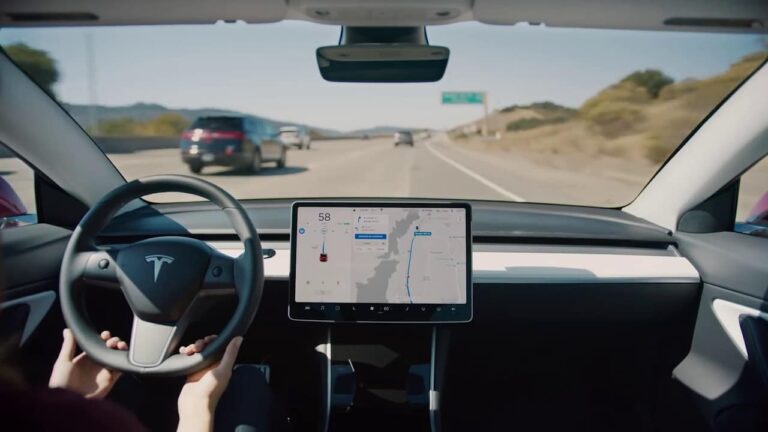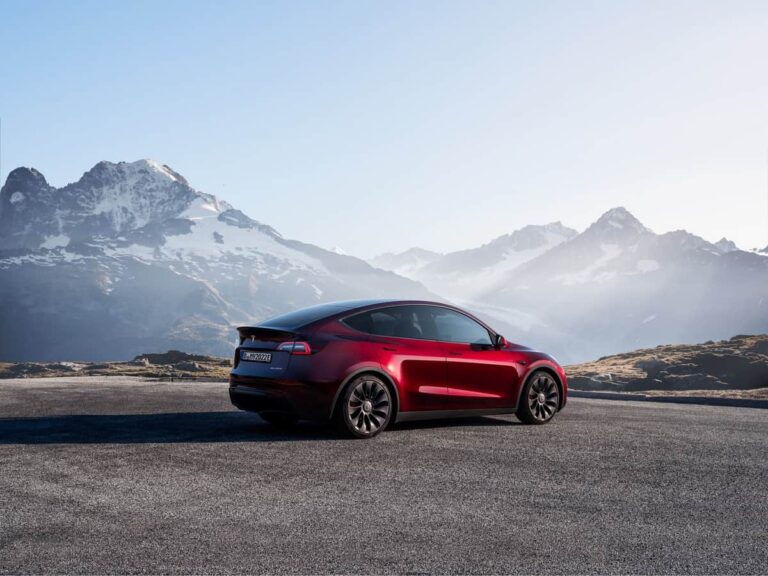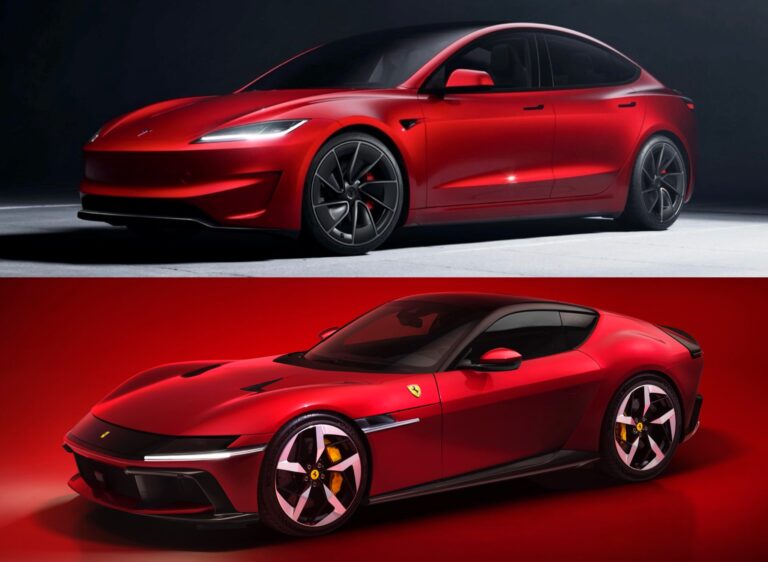Peter Rawlinson Says Chinese Electric Vehicle Makers Are “Several Years Behind” Tesla
In a recent interview, Peter Rawlinson, CEO of Lucid Motors and former chief engineer of Tesla, made a bold statement regarding the electric vehicle (EV) market. He claimed Chinese manufacturers were “several years behind” Tesla, particularly in key areas such as battery and powertrain technologies. This statement highlights the competitive dynamics of the global EV industry and highlights Tesla’s leading role in innovation.
Tesla’s technological advantage
Under the leadership of Elon Musk, Tesla has long been at the forefront of the EV revolution, pioneering advancements that have set industry standards. Rawlinson highlighted that battery technology and powertrain systems are areas where the company excels, with no current equivalent in sight from China. Tesla batteries are known for their increased longevity, higher energy density and fast charging capabilities. Additionally, Tesla’s integrated approach to powertrain development achieves significant efficiencies and performance improvements that many other manufacturers have yet to match.
The Chinese EV Market
Despite Rawlinson’s comments, it is important to note that China is a major player in the EV space, both as a market and manufacturing hub. Companies like BYD, NIO and XPeng have made significant progress in terms of technology and market penetration. They offer a range of products that cater to different market segments, leveraging the benefits of local manufacturing and government policies favorable to EV adoption. However, according to Rawlinson, when it comes to specific battery and powertrain technologies, these companies still have a long way to go to catch up with Tesla.
Upcoming Challenges for China
The challenge for Chinese EV makers lies in overcoming the technological lead established by Tesla. While Chinese companies excel at large-scale production and innovation in software and digital integration, hardware components such as batteries and powertrains are areas requiring further development. Investing in research and development, forming strategic partnerships, and potentially acquiring technologies are potential strategies for these companies to improve their competitive position.
Global Implications
The implications of Rawlinson’s remarks go beyond national pride or corporate rivalry; they reflect broader trends in global technological advances and the speed with which different regions of the world are adapting to and adopting these new technologies. The race to dominate the EV market is not just about selling cars, but also about leading the transition to sustainable transportation solutions on a global scale.
Conclusion
While Peter Rawlinson’s assessment may highlight a current technological gap between Tesla and its Chinese counterparts in some areas, it also opens a dialogue about what the future holds for the EV industry. It challenges Chinese manufacturers to push the limits of their technological efforts. As the EV landscape continues to evolve, the global market will be watching closely to see how quickly China can close the gap with Tesla and, perhaps, take the lead in new areas of innovation.
Tesla’s leadership position in the EV market demonstrates its commitment to innovation and quality. However, the dynamic nature of the tech industry means that no lead is unassailable. Continuous innovation and adaptation are crucial to maintaining a competitive advantage in this rapidly evolving field.
